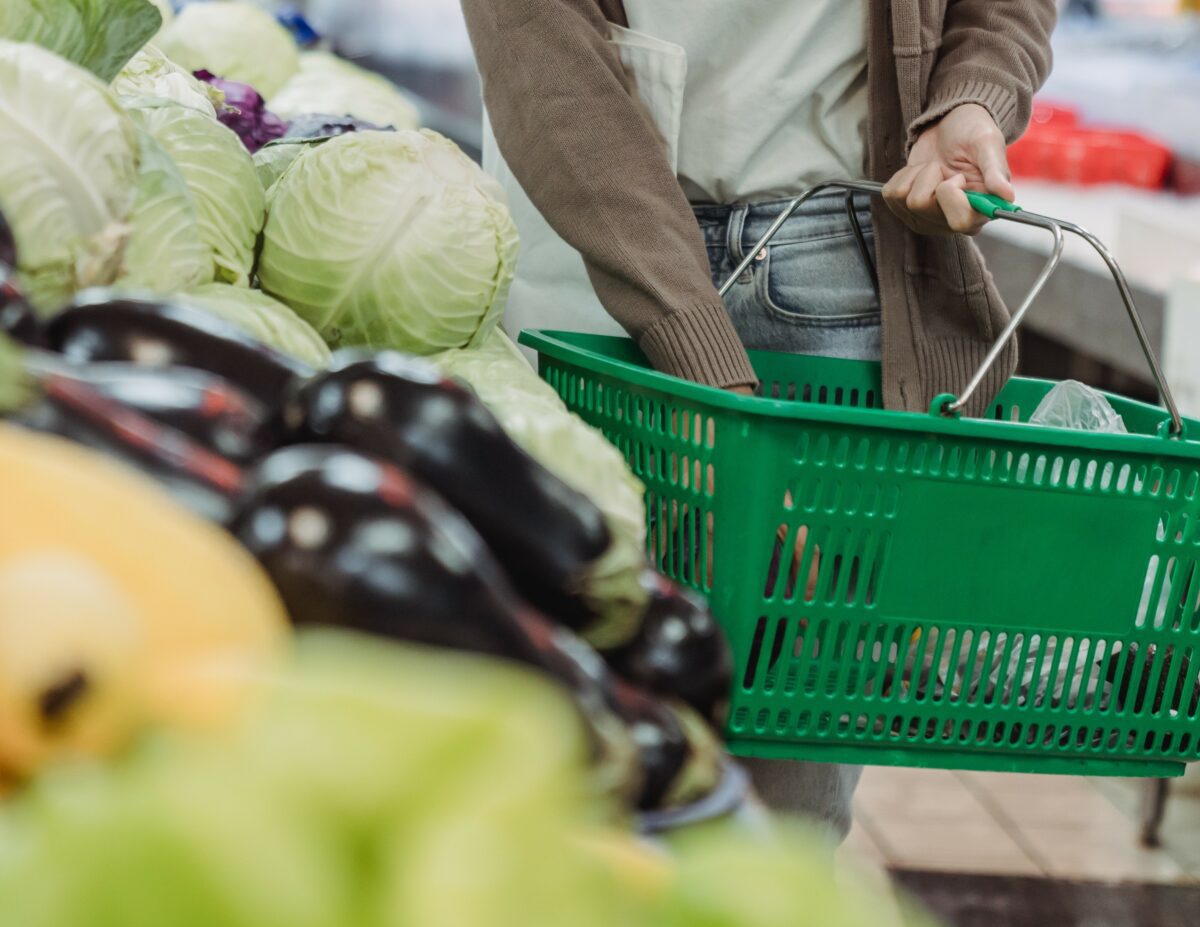Millions of customers rely on supermarkets, grocery stores, and other retailers for their daily food and home essentials, making the UK grocery industry a crucial part of the UK’s economy. In fact the industry is set to be worth in excess of £180bn in 2023. With the increase of online shopping, the expansion of discount retailers, and changes in customer behaviour, the business has seen considerable changes in recent years.
It’s critical to think about prospective trends and changes that could affect the sector in the years to come as we anticipate 2023.
Here are our top 15 predictions to look out for this year:
- Continued increase of online food shopping: During the COVID-19 pandemic, many customers adopted online grocery shopping, and it is expected that this trend will continue in the years to come.
- Increasing competition from these retailers: Discount shops like Aldi and Lidl have gained market share in recent years and have now overtaken the likes of Morrisons. The success of the discounters is likely to continue as the cost-of-living crisis deepens and consumers look for low-cost solutions.
- Changes in consumer behaviour: Many people are cooking at home more frequently, both to save on the pennies and as a healthier option.
- Increasing use of technology: To enhance the shopping experience and cut expenses, retailers may continue to invest in technology like self-checkout kiosks and mobile apps, generating a smoother and more automated shopping experience.
- A stronger focus on sustainability: As consumer concern over the environmental impact of purchases increases, retailers must react by introducing more sustainable products and minimising packaging.
- Personalisation and customisation: Retailers may use data and technology to personalise the shopping experience and offer specialised goods and recommendations.
- Supply chain modifications: The pandemic has brought to light the value of robust and adaptable supply systems. To increase efficiency, retailers may prioritise local sourcing and spend money on technologies like automation.
- A greater emphasis on convenience: Retailers may provide more options for convenient purchasing, such as click-and-collect and home delivery.
- Private label brand expansion: In recent years, private label brands, which are owned and sold by retailers as opposed to outside manufacturers, have increased their market share. As merchants look to stand out from the competition and provide customers greater value, this trend is likely to persist.
- Modifications to the layout of the store: To enhance the shopping experience and boost sales, retailers may experiment with new store designs and product displays. The introduction of HFSS has also accelerated this trend.
- The continuous rise in popularity of plant-based alternatives: As consumers’ concerns about the environment and animal welfare increase, so will demand for meat, dairy, and other substitutes made from plants. Retailers with a large selection of these products might benefit.
- The rise of meal kits and meal delivery services: As noted before, many individuals are cooking at home more frequently, which could lead to further market expansion for meal kits and meal delivery services. Retailers may try to enter this market or work with already established businesses to offer these services.
- Increasing use of artificial intelligence and machine learning: Retailers may utilise these technologies to boost productivity, cut costs, and improve the shopping experience.
- Changes to the product marketing and sales process: As customers get more jaded to traditional advertising, traditional marketing strategies may become less effective. Retailers might need to come up with innovative approaches to connect and interact with their clients.
- Modifications to how products are priced and promoted: To increase sales and maximise profits, retailers may test out various pricing and promotion tactics, such as tailored offers and dynamic pricing.
Getting ahead of the curve
There is no doubt that the UK grocery retail market will continue to develop in 2023. A number of trends may have an impact on how goods are marketed and consumed. However, the role of HFSS products may also be a factor, compounding the shift in consumer demand towards healthier options. Key emerging trends include the growth of online grocery shopping, increased competition from discount retailers, changes in consumer behaviour, and a greater focus on sustainability.
But rather than sit and wait for the story to unfold for you to react to, why don’t you stay one step ahead of the game and allow Reapp to show you the trends before anyone else spots them.
With access to over 3 million data points, Reapp makes the unseen, seen – providing you with customised insights to the biggest impacts on your products and brand, not just in real-time, but through our ingenious Ai technology we can also use that data to predict the future – or the direction of travel put more simply.
Want to learn more? Contact us today.
